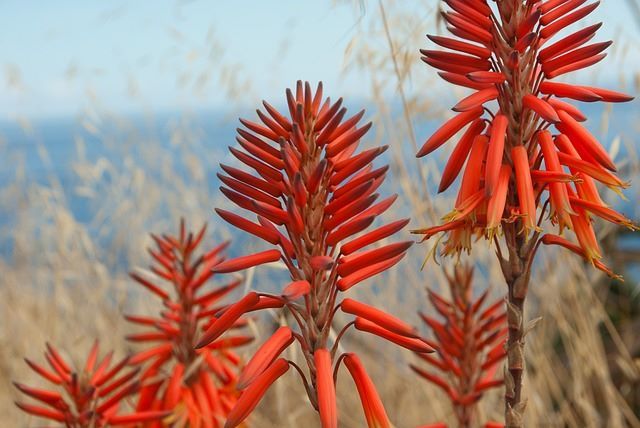How Aloe Flowers Enrich the Cuisine of Mexico's Otomi People
Discover the vibrant aloe flower, a lesser-known aspect of the versatile aloe plant, and its significance in Otomi culture. Learn about traditional dishes, cultivation tips, and the unique beauty of this fascinating flower.





